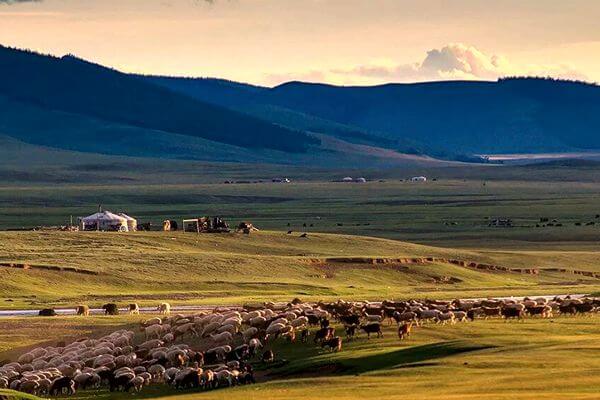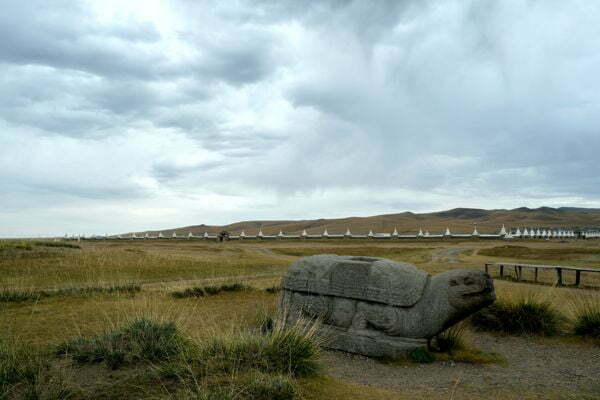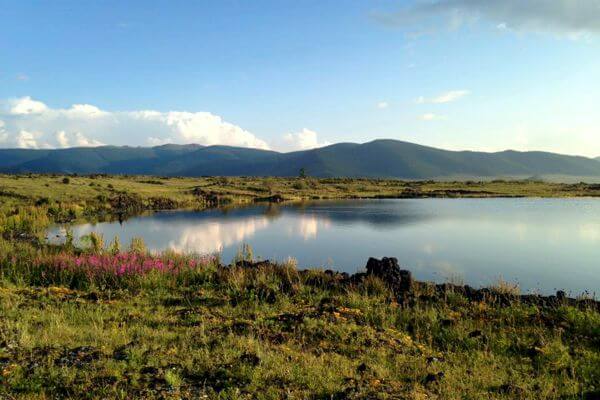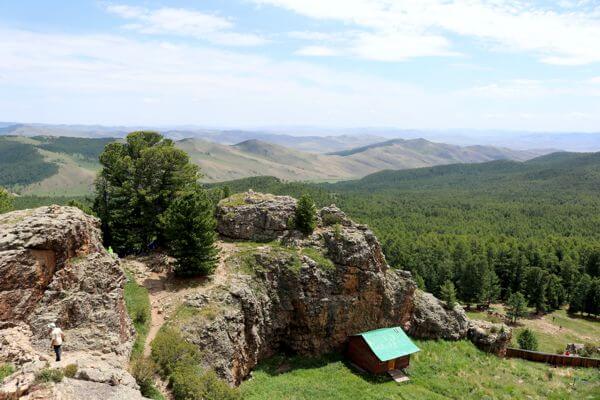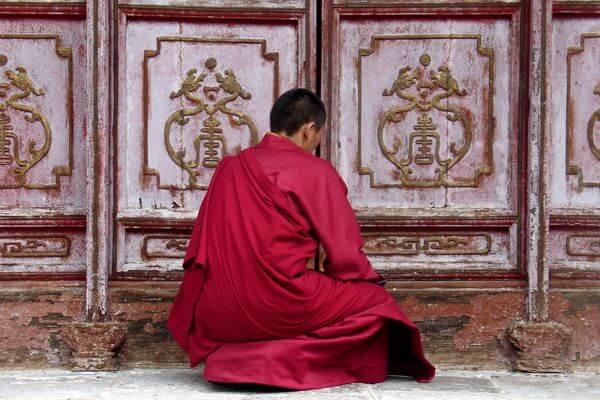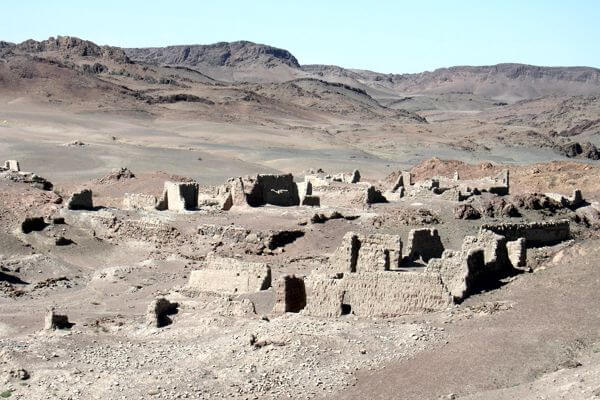Karakorum or Kharkhorin
Today we will set off for a driving day to Karakorum (also called Kharkhorin).
Karakorum is the site of the 13th century capital of the Mongolian Empire created by Genghis Khan. The founding of Karakorum started on the ruins of Turug and Uigur cities in the Orkhon valley at the eastern end of the Khangai Mountains in 1220 by the Genghis Khan’s order. It was completed 15 years later during the Ugedei Khaan’s reign. The town was a very cosmopolitan and religiously tolerant place.
The silver tree, part of Möngke Khan’s palace has become the symbol of Karakorum.
The highest peak of its prosperity was from 1220 to 1260. The specific feature of this stage is that Karakorum existed as the great capital of the Euro-Asian Empire with Mongolia as its core and as the centre of politics, economy, culture, religion, intellect, and diplomacy and the prominent tie of international relations.
Between 1260 and 1380 Karakorum lost the status of the Great Mongolian Empire and became the capital of Mongolia. When Kublai Khan claimed the throne of the Mongol Empire in 1260, as did his younger brother, Ariq Boke, he relocated his capital to today’s Beijing. Karakorum was reduced to the administrative centre of a provincial backwater of the Yuan Dynasty.
In 1368, the rule of Mongolian Yuan Dynasty collapsed and the centre of Mongolian government was shifted to its homeland after 110 years since Kublai Khan moved the Empire capital to China in 1260. It gave Karakorum a chance to prosper again.
In 1388, Ming troops under General Xu Da took and destroyed the town.
Today nothing is left from this legendary city.
In 1580, when Abtai Sain Khan together with his brother, lord Tumenkhen, visited the 3rd Dalai Lama and expressed their wish to build a temple in Mongolia, he advised them to reconstruct one old temple in Karakorum. The temple in Takhai ruins that was restored in 1588 according to the Dalai Lama’s recommendation is the Main Zuu temple of Erdene Zuu monastery.
Now Erdene Zuu Monastery is all that remains of what once was a huge monastery of 100 temples and about 1.000 lamas residing there. We will explore the grounds of Erdene Zuu Monastery surrounded by its massive 400 m X 400 m walls. We will be guided around the 3 remaining temples: Dalai Lama, Zuu of Buddha and Lavrin Temple.
Another place we will visit will be Karakorum Archaeological Museum. It is a small museum but housed in a modern well-run building with good lighting and display cases with clear English labels. The exhibits include dozens of artefacts dating from the 13th and 14th centuries which were recovered from the immediate area, plus others that were found from archaeological sites in other parts of the provinces, including prehistoric stone tools. You’ll see pottery, bronzes, coins, religious statues and stone inscriptions. There’s also a half-excavated kiln sunk into the museum floor. Perhaps most interesting is the scale model of ancient Karakorum, which aims to represent the city as it may have looked in the 1250s, and is based on descriptions written by the French missionary William of Rubruck. Another chamber exhibits a most recent addition, a Turkic noble tomb with wall paintings and artefacts, including gold items and jewellery. There is a short video of actual burial site.
We will also see the Turtle Rock and the Phallic Rock, visit little market behind walls exposing local arts by locals.
(L, D)






